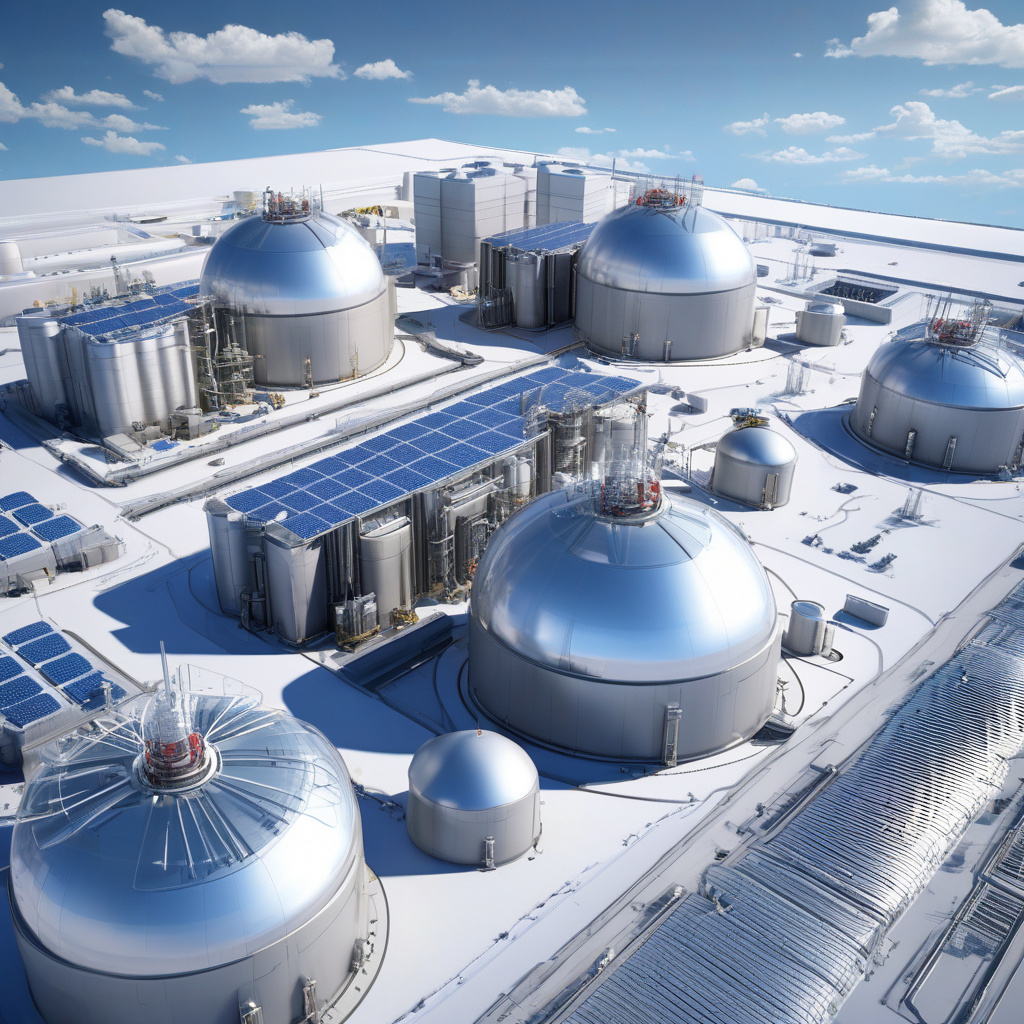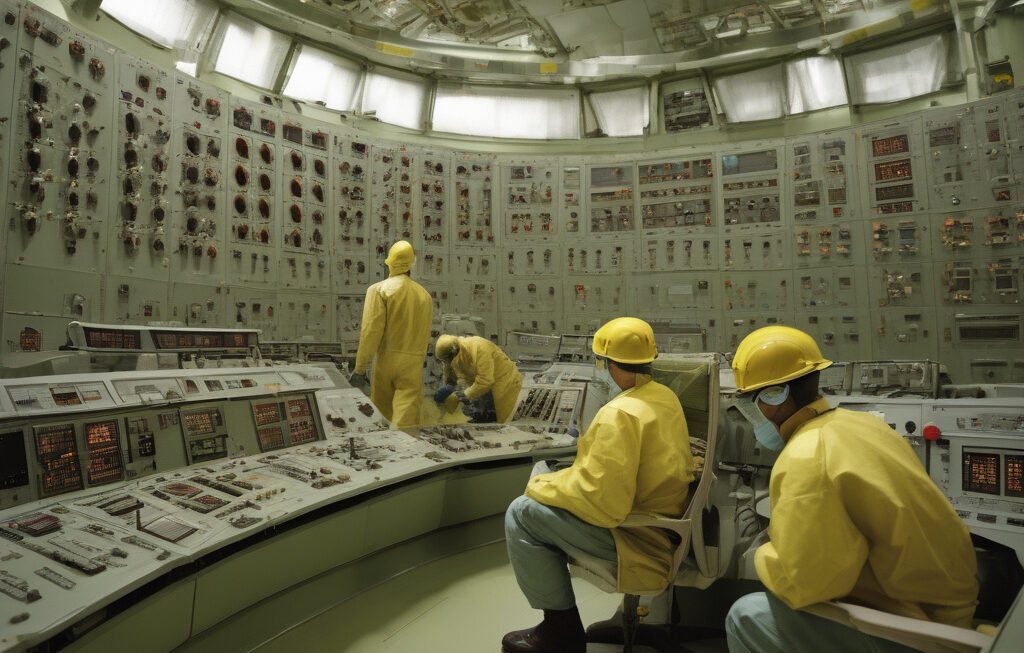Next-Gen Nuclear Reactors Use Solar Salts to Tackle Extreme Heat Like Never Before
A new multi-million dollar research effort aims to solve a central challenge for the next generation of nuclear reactors: extreme heat management. Traditional nuclear reactors have long struggled with the issue of heat dissipation, often relying on large bodies of water to prevent overheating. However, a groundbreaking solution is on the horizon in the form of next-gen reactors that utilize solar salts to tackle extreme heat like never before.
These innovative reactors, known as molten salt reactors (MSRs), use a mixture of fluoride, chloride, and other salts to transfer and store heat. Unlike water-cooled reactors, which operate at lower temperatures, MSRs can withstand much higher heat levels, making them more efficient and safer. By using solar salts, these reactors can reach temperatures exceeding 600 degrees Celsius, a significant advancement in the field of nuclear energy.
One of the key advantages of using solar salts is their high heat capacity, which allows them to absorb and store large amounts of thermal energy. This capability enables MSRs to operate at higher temperatures without the risk of overheating, improving overall efficiency and performance. Additionally, solar salts are chemically stable and non-flammable, reducing the likelihood of accidents or meltdowns.
Furthermore, the use of solar salts in next-gen nuclear reactors has the potential to revolutionize energy production. With their increased efficiency and safety features, MSRs could provide a more reliable and sustainable source of power, helping to meet growing energy demands while reducing greenhouse gas emissions. In fact, experts believe that MSRs powered by solar salts could play a significant role in the transition to a cleaner and more sustainable energy future.
Several research initiatives and pilot projects are currently underway to further develop and test next-gen nuclear reactors using solar salts. For example, the U.S. Department of Energy’s Advanced Reactor Demonstration Program is investing millions of dollars in the design and construction of MSRs to demonstrate their feasibility and benefits. Similarly, countries like China and Canada are also investing in MSR technology to explore its potential applications.
In addition to their energy production capabilities, MSRs using solar salts have other promising applications as well. For instance, their high-temperature operation makes them suitable for producing hydrogen through thermochemical processes, offering a clean and efficient alternative to traditional methods. This versatility further underscores the importance of continued research and development in the field of next-gen nuclear reactors.
In conclusion, the use of solar salts in next-gen nuclear reactors represents a significant step forward in addressing the challenges of extreme heat management. By harnessing the unique properties of solar salts, MSRs offer a safe, efficient, and sustainable solution for meeting future energy needs. As research and development in this area continue to progress, the potential for next-gen reactors to transform the energy landscape becomes increasingly promising.
nuclear, reactors, solar salts, energy, innovation











